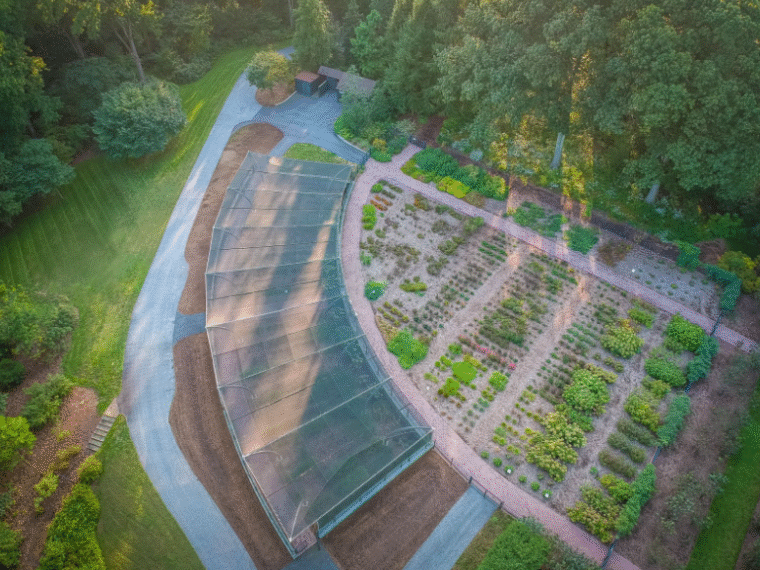Outdoor spaces are no longer just patches of grass or basic patios. With thoughtful planning and design, these areas can become extensions of the home, offering both functionality and aesthetic appeal. Engaging a landscape architect in Delaware can transform ordinary yards into dynamic, multi-purpose spaces that enhance lifestyle, boost property value, and create lasting enjoyment for homeowners.
Assessing the Site and Its Potential
The first step for any landscape architect in Delaware is a comprehensive site assessment. This involves evaluating the topography, soil type, sunlight exposure, drainage, and existing vegetation. Understanding these factors allows the architect to design spaces that are sustainable, functional, and tailored to the homeowner’s needs. For example, areas with poor drainage may benefit from rain gardens or permeable surfaces to prevent waterlogging.
Designing Functional Outdoor Living Areas
A primary focus of a landscape architect in Delaware is creating outdoor living spaces that serve multiple functions. From dining patios and fire pits to lounging areas and outdoor kitchens, well-designed spaces encourage family gatherings and entertaining. Proper zoning within the yard ensures that each activity area has enough space, privacy, and accessibility.
Integrating Greenery and Plantings
Plants play a crucial role in outdoor design, both visually and ecologically. Landscape architects strategically select and place trees, shrubs, and flowers to provide shade, privacy, and year-round color. Native plants are often prioritized, as they require less water, are resistant to local pests, and support local wildlife. Thoughtful planting not only improves aesthetics but also promotes a healthier and more sustainable environment.
Creative Hardscaping Solutions
Hardscaping is another key element that landscape architects in Delaware use to enhance outdoor spaces. Features such as pathways, retaining walls, terraces, and pergolas can define areas, guide movement, and add structure. Using materials like natural stone, brick, or composite decking allows for durability while complementing the overall design. Hardscaping solutions help balance form and function, ensuring that outdoor spaces remain both attractive and practical.
Incorporating Water Features
Water elements such as fountains, ponds, or small streams add a sense of tranquility and movement to outdoor spaces. A landscape architect in Delaware can design water features that complement the layout while enhancing sensory experiences. Water features can also serve functional purposes, such as aiding in irrigation or providing a habitat for birds and beneficial insects.
Sustainable Design Practices
Modern landscape architecture emphasizes sustainability. Using rainwater harvesting, permeable pavements, native plants, and energy-efficient lighting helps reduce environmental impact. A landscape architect in Delaware designs outdoor spaces that are both visually appealing and environmentally sustainable.
They select native plants to enhance biodiversity and incorporate elements like rain gardens and permeable pavements to manage stormwater effectively. By blending beauty with ecological responsibility, the landscape architect helps ensure the long-term health of the local ecosystem.
Lighting and Ambiance
Outdoor lighting extends usability into the evening hours and enhances the atmosphere. Well-planned lighting highlights pathways, focal points, and architectural features, creating a welcoming ambiance. Designers consider energy-efficient options such as LED lights and solar-powered fixtures to maintain sustainability while providing safety and visual appeal.
Collaborating Across Regions
While working with a landscape architect in Delaware, homeowners can also gain insights from trends and expertise in nearby regions. For instance, landscape architects in Philadelphia may offer innovative ideas that can be adapted to Delaware’s climate and landscape conditions. Collaboration and shared knowledge often result in more creative and effective outdoor designs.
Conclusion
A landscape architect in Delaware can transform outdoor areas into functional, aesthetically pleasing, and sustainable spaces. By combining expert knowledge of plants, hardscaping, water features, lighting, and site planning, they create outdoor environments that cater to lifestyle, wellness, and ecological goals. Leveraging creative solutions and sustainable practices ensures that your outdoor space is not just an extension of your home but also a personalized retreat that can be enjoyed year-round.





